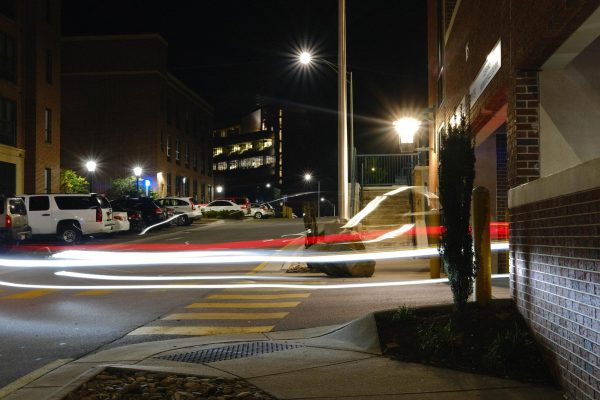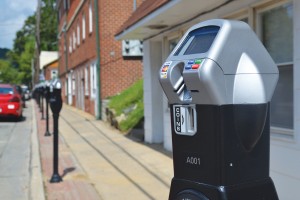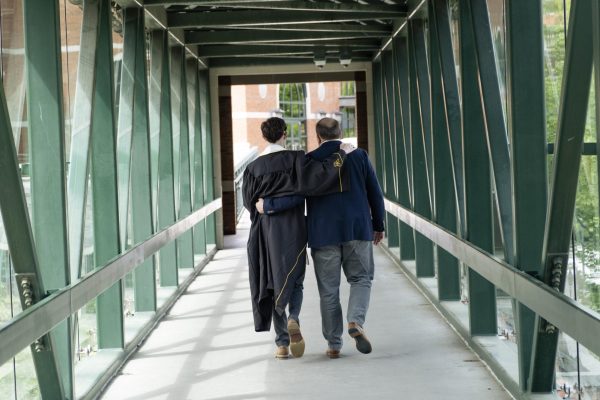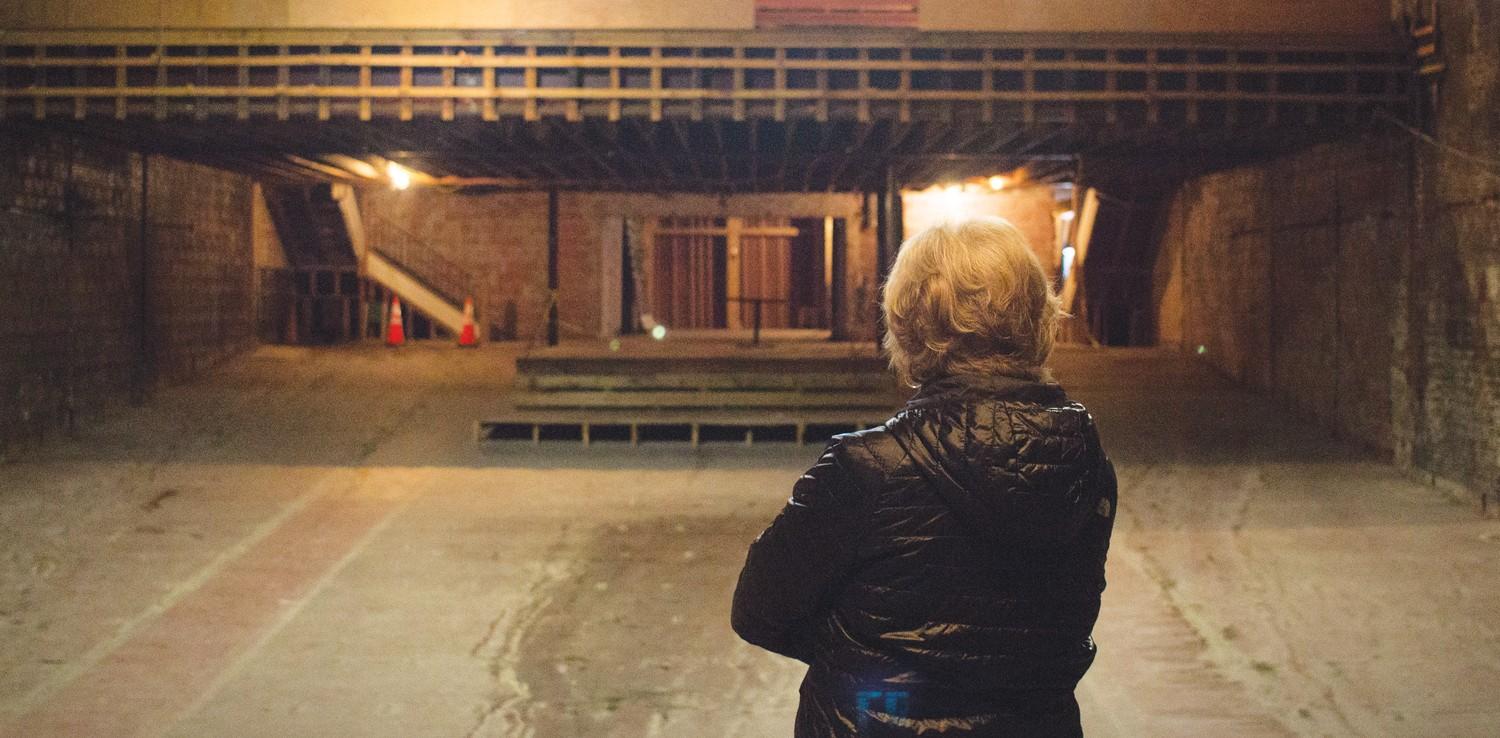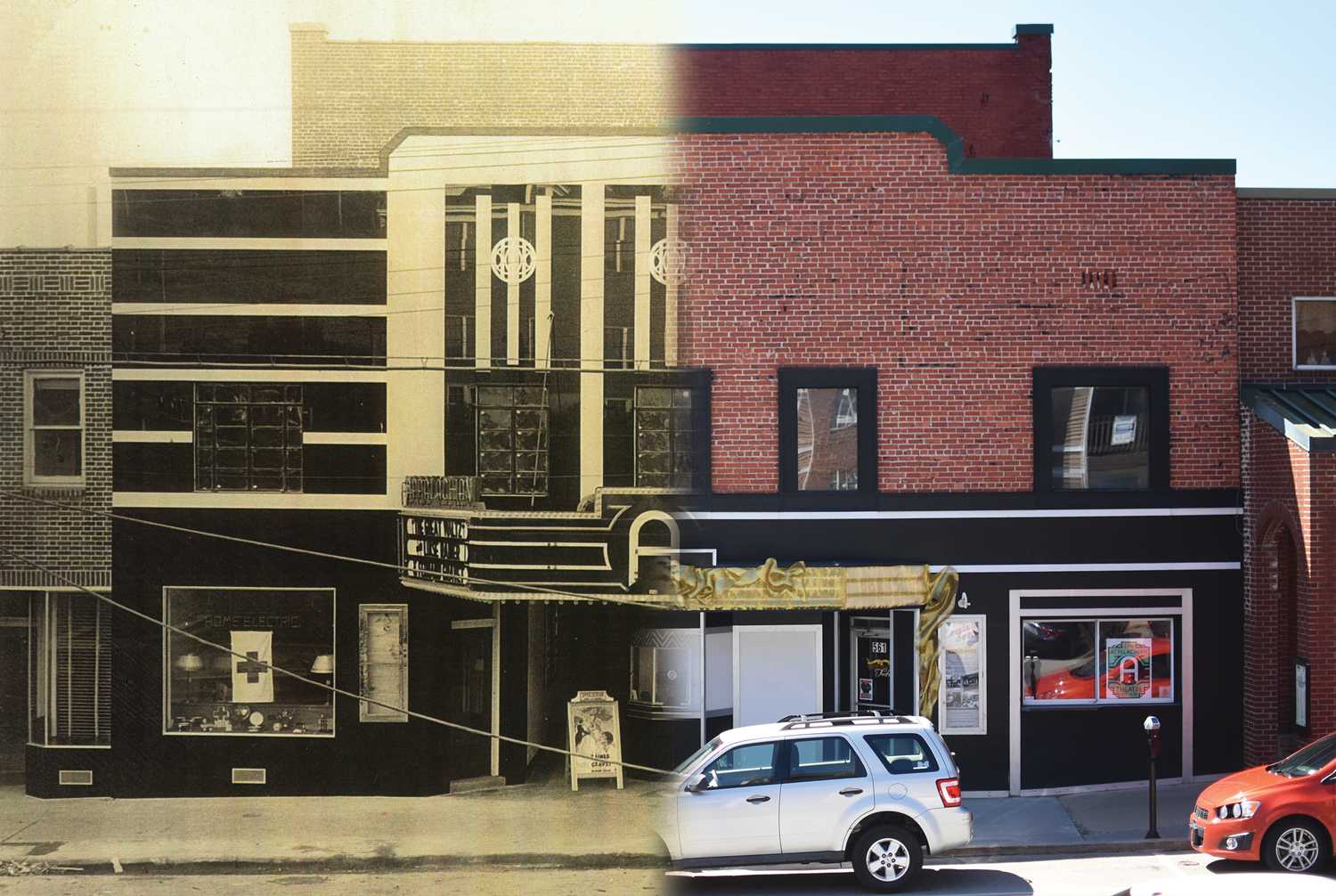Since 2008, The Appalachian Theatre has been empty. There is no longer a concession stand at the building’s entrance. There are no seats for attendees, and no screen to show films. Aside from the walls and floors, all that remains are the stage and the balcony.
But it wasn’t always this way. When the theater was open, it had rows of seats for members of the community and students to sit, and a large screen that showed westerns, news reels and various films. It had an art deco style, with patterned carpeting and furniture.
The exterior was a wall of black, white and bright green structural glass. The marquee extended out above the sidewalk, with a large “A” emblem in the center. Written on the neon marquee was “Breaking the Ice,” the first film the theater showed. It was November 1938, and The Appalachian Theatre had just opened.
A picture palace
The theater had undergone drastic structural changes before it closed in 2007. The building sat empty for eight years, but now a combined effort from the Town of Boone and the Downtown Boone Development Association has the theater fast-tracked to restoration with construction beginning this month.
When it was open, The Appalachian Theatre was a source of entertainment for Boone for almost 80 years. Eric Plaag, the head of the theater’s archives and history committee, said that in its prime, the Appalachian Theatre was a place that held something for nearly everyone in the community. Teenagers went there on first dates and younger children were sent to the theater to watch the shows while their parents shopped in the downtown stores.
Related: Historic Appalachian Theatre purchased for renovation
“It was kind of a show place for Boone,” Plaag said. “You had this kind of crazy, gaudy, art deco carpet and furnishings in there. The movies here would change every day or every two days. This was the entertainment.”
The theater held 999 seats, while the population of Boone was 1,788 in 1940, according to the United States Decennial Census. This meant that the theater only had to have two performances in a day to accommodate the entire town.
Plaag said that the theater’s owner, W. R. Winkler, chose to only have 999 seats because there was a state tax for performances at venues with over 1,000 seats. Matinee showings were only nine cents at the time, but the tax was ten cents per ticket.
“So you may wonder, why is he building this massive movie theater at that time?” Plaag said. “Mr. Winkler was always ahead of his time from a business standpoint and he knew that things were growing here in Boone, between what was then Appalachian State Teachers College and various industries.”
After the fire
In 1950, an employee at The Appalachian Theatre was heating oil to make popcorn in a small room next to the stage. The employee, a teenage boy, had a crush on the girl working the concession stand, Plaag said. After dropping off a batch of popcorn to the concession stand, the boy remained at the stand to talk with the girl, leaving the popcorn oil to overheat and start a fire.
The fire caused the theater’s tiered ceiling to collapse and damage the upper walls. In the renovation, Winkler changed the ceiling to a barrel vault style and added an addition to the front of the theater’s stage to accommodate a larger cinema screen, ending the theater’s ability to host live performances.
Essantee Theatres, Inc. purchased the theater from Winkler in 1976 and continued making changes to the theater’s structure. The company turned the balcony area into a second room for screening and renamed the theater the Appalachian Twin in an attempt to increase profits.
“A lot of the beautiful architecture that had been built in the 1930’s had been lost,” member of the theater’s archives and history committee Craig Fischer said. “I remember going upstairs to watch movies and thinking ‘Boy, that screen is small, and it’s weirdly positioned.’”
Carmike Cinemas purchased Essantee Theatres, Inc. in 1986, obtaining The Appalachian Theatre and eventually closing it in 2007 as its popularity decreased.
“Most people don’t go to the movies anymore,” Fischer said. “In 1946, which was the height of film exhibition in America, every American went to the movie theaters once every 10 days. Back then it was the only thing in town, but ever since the rise of television, the film exhibition has declined.”
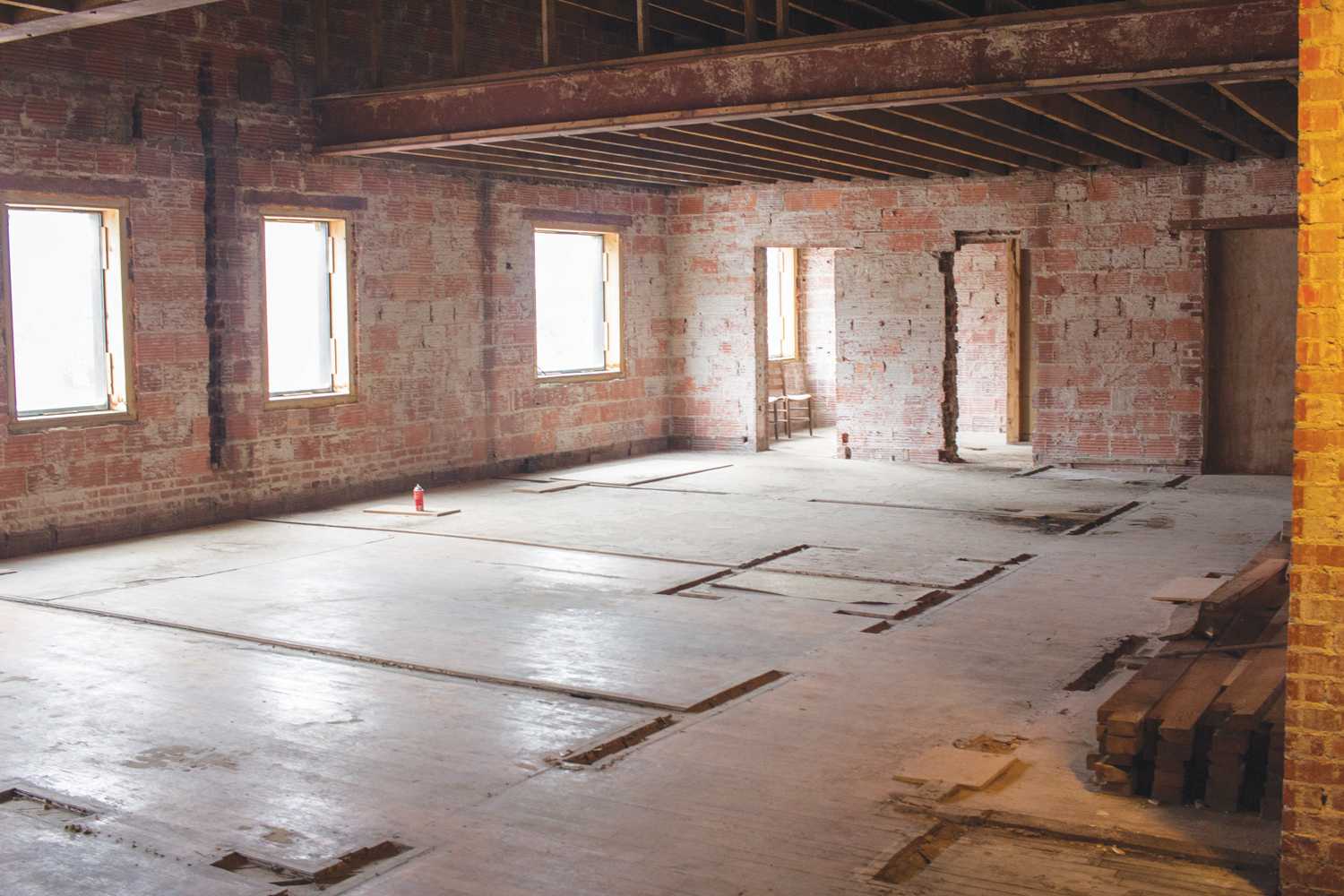
Looking to the future
Frank Mongeluzzi, a developer, purchased the building in 2008 with the intent of creating a music venue, but he filed bankruptcy shortly after stripping the building of the major interior and exterior structure, according to a 2011 town council meeting revealing that the Town of Boone made an offer to purchase The Appalachian Theatre.
The DBDA and The Appalachian Theatre of the High Country nonprofit group have since purchased the theater from the town and have agreed to try to keep the restoration as close to the theater’s original design as possible.
Related: ‘Clybourne Park’ sparks racial conversations
The theater will return to a tiered ceiling and similar carpeting and furniture. The exterior will have a marquee and the black, white and green facade that replicate the original.
“When we talk about the splendor of 1938, that’s what we’re kind of trying to restore it to,” Fischer said. “It’s the perfect example of a neighborhood picture palace.”
When the theater is reopened, it will be equipped to host more than just film screenings.
“One of the things we’re doing with this project is trying to create a space that is not only showing movies, but can do a wide range of performances,” Plaag said. “Live music, plays, ballet, opera and things like that. The only way to survive these days is to be multifunctional in that way.”
In addition to the main theater, the task force is also planning to use second floor space next to the balcony as a community room for smaller theater performances.
With $6.1 million raised of the $7.8 million goal, Plaag said construction on the building will begin in March.
Story by: Aleah Warner, Chief Copy Editor
Featured image by: Maleek Loyd, Photographer






